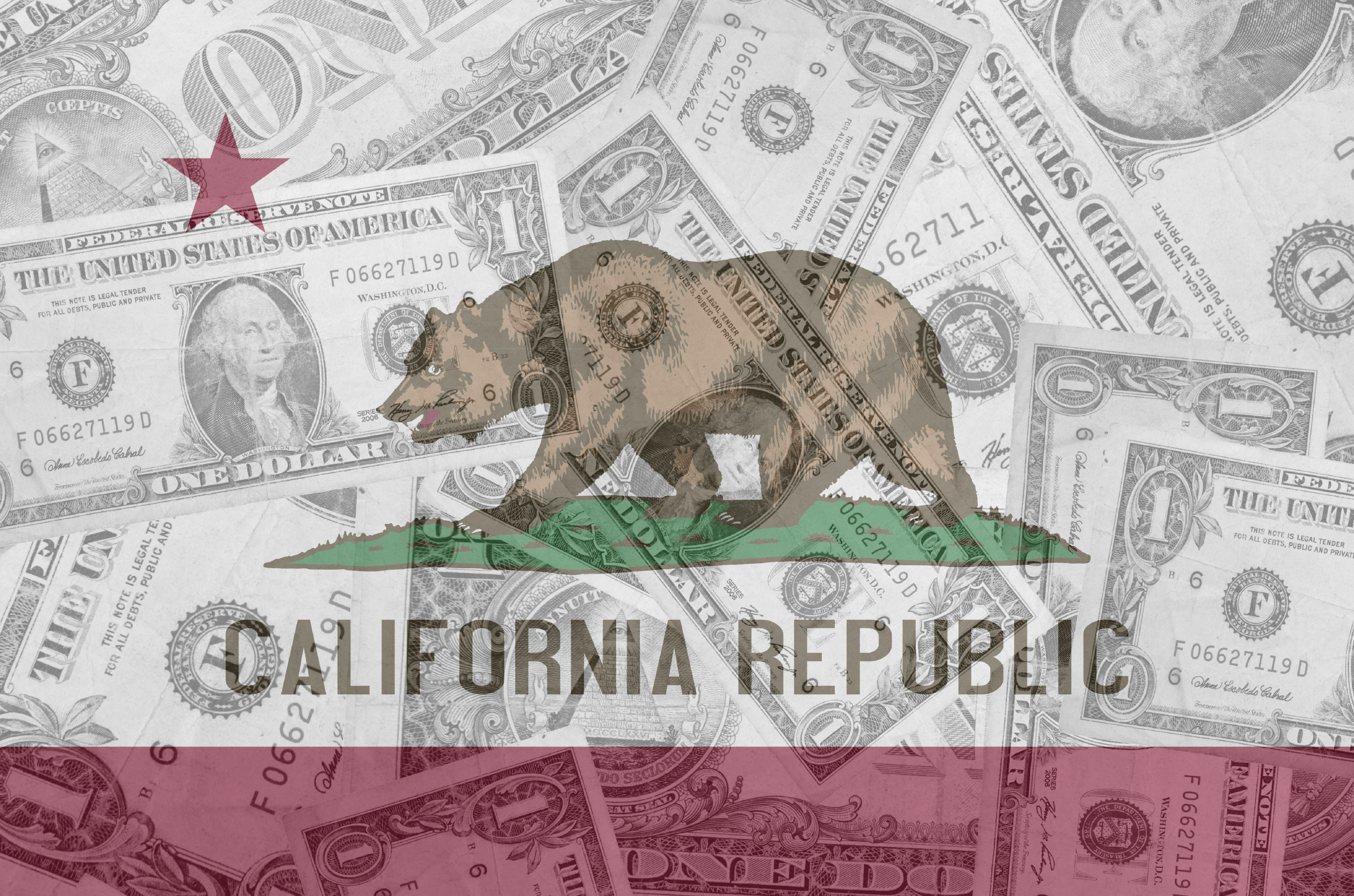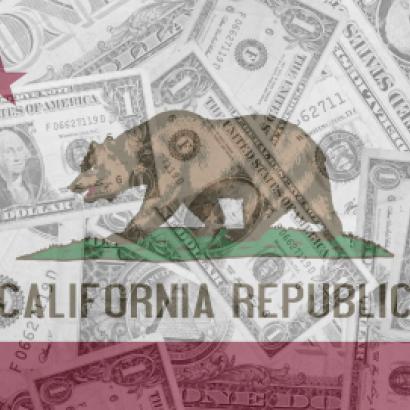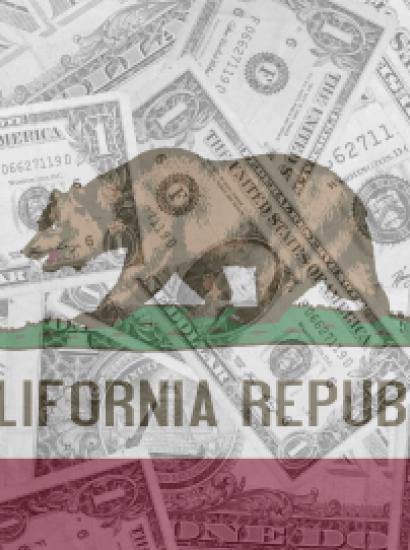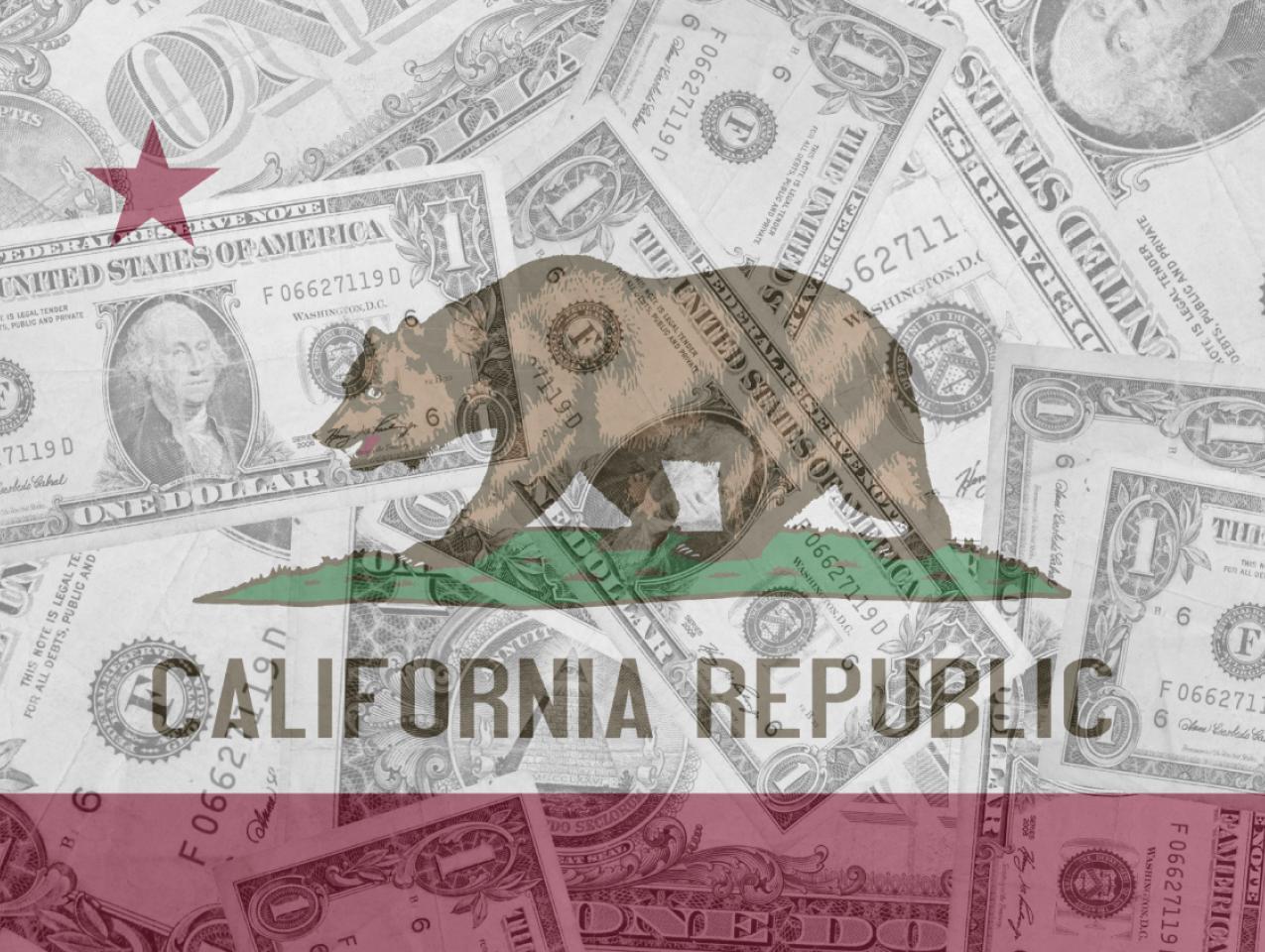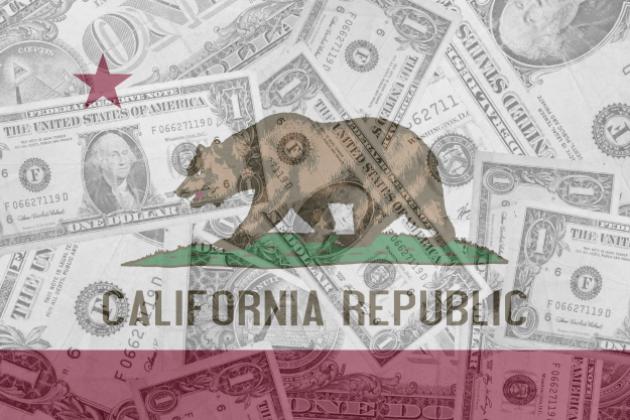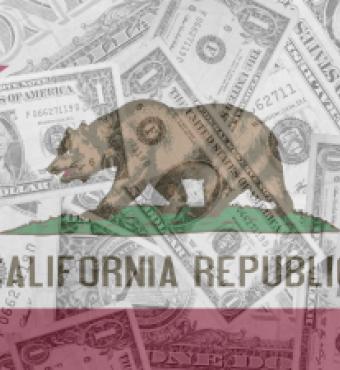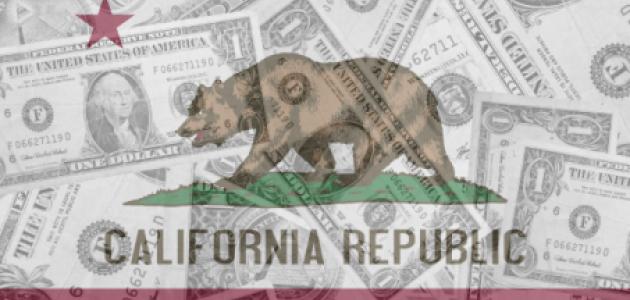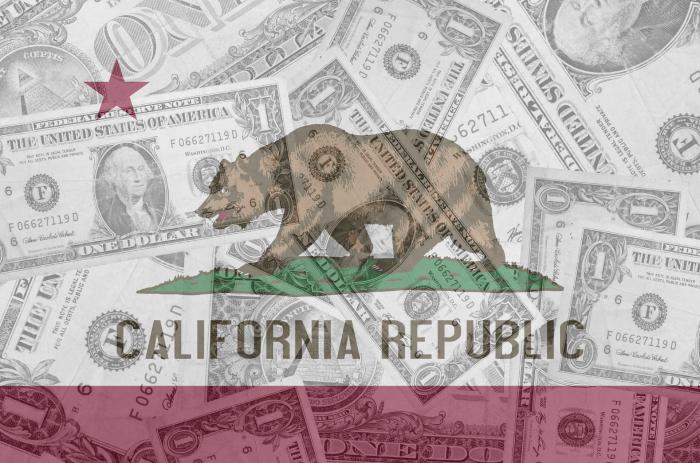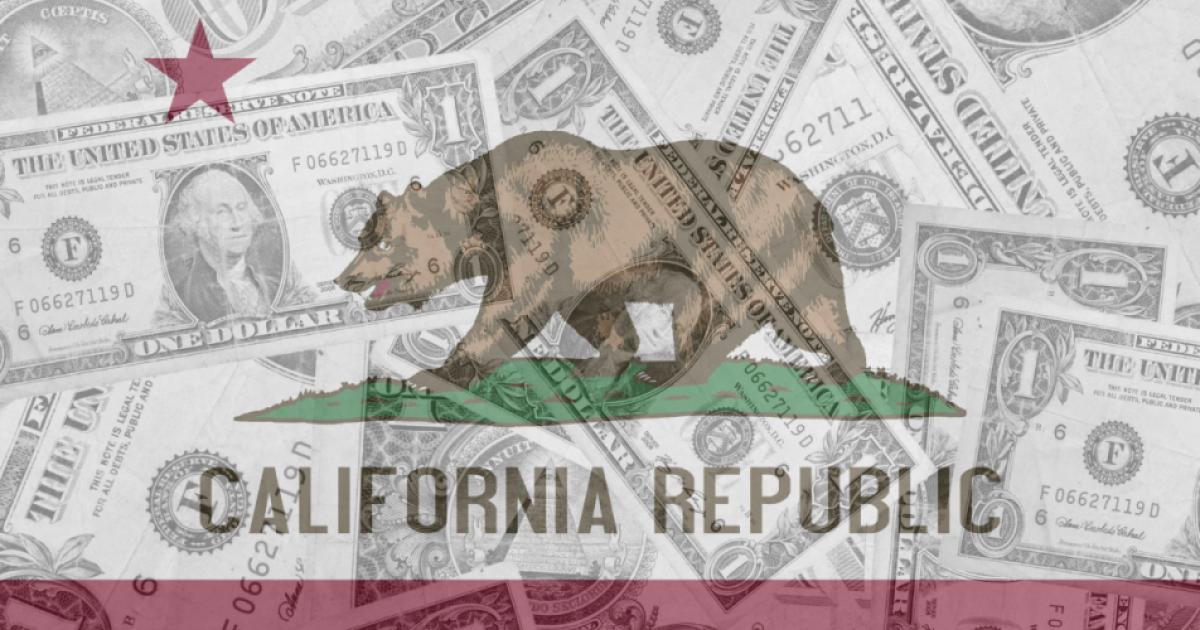- State & Local
- California
If California elections came with soundtracks, the song of choice for 2024 would belong to the English rock band Pink Floyd and a tune that debuted exactly a half-century ago: “Money.”
Specifically, what California voters likely will be asked to decide is the fate of multiple ten-and eleven-figure dollar-borrowing bond measures. We’ll have to wait and see just how many, once lawmakers return to Sacramento from their summer recess. Each potential bond measure comes with the heady promise that the Golden State can overcome its thornier problems if only the electorate is willing to rack up billions more in long-term debt obligations.
At present, California’s state legislature has about a dozen bond measures that may or may not be forwarded to Governor Gavin Newsom, with the bonds appearing on the March primary or November general election ballot should they receive his signature (March 2024 bond measures must be approved by the current legislative session’s September 14 deadline; November 2024 bond measures have until early next summer to be approved).
Complicating matters: Newsom also wants to be in the bond business next year, the governor insisting that his proposed $4.68 billion bond concerning mental health and homelessness (more on this in a moment) stand alone on the March ballot.
Before we go any further, a little background on California and bonds.
California’s constitution stipulates that the state legislature can’t borrow more than $300,000 unless a two-thirds majority in both chambers agrees to a multiyear bond, subject to voter approval.
But much like running up a hefty tab on a credit card or taking out a home mortgage, the devil is in the details, i.e., the high cost of paying off the incurred debt. California makes annual principal and interest payments until a bond is paid off. Assuming Golden State voters have signed off on, say, a 30-year bond that carries an interest rate of 5%, the cost of paying it off is close to $2 for each dollar borrowed ($1 for repaying the amount borrowed; another $1 to cover the interest).
Here’s where politics come into play.
While California law doesn’t cap how much money the state can borrow, lawmakers don’t want California’s debt service ratio to rise high enough to worsen the state’s bond credit rating. Newsom has estimated that California can take on about $26 billion in new debt at most. The problem with that, from a spend-happy Democratic perspective: the various bond proposals floating around the legislature add up to more than $100 billion.
As a result, Sacramento is in store for at least two dramas in the weeks ahead.
First, there’s the question of “alpha” dynamics under the State Capitol’s dome—specifically, does the governor make the legislature bow to his will (keeping just his mental health bond on the March ballot while other bonds are relegated to November), or do legislators defy the governor’s wishes and insist on multiple March bond measures?
The guess here: Newsom prevails, as Sacramento’s bill-signing season looms ahead and few lawmakers would care to incur the wrath of the governor’s veto pen.
The second drama (assuming Newsom gets his way on the previous point): watching Democratic lawmakers pick winners and losers from the remaining slate of bond proposals.
Here, the choosing won’t be easy, as a $15.5 billion “climate resiliency” bond, a $14 billion school facilities bond, $10 billion for affordable housing programs, and $5 billion to combat fentanyl are among the sexier choices from a progressive viewpoint (my math skills, primitive as they are, suggest even a limited combination of those bonds surpasses Newsom’s $26 billion target).
So let’s suppose the one mental health bond lies ahead for next March and Newsom and lawmakers agree a handful of bonds for November. The question: Will California voters buy what Sacramento is peddling?
On paper, the odds favor Sacramento. From 1993 to 2023, Californians voted on 44 bond issues, with 36 coming via the legislature (the other eight were citizens’ initiatives). Voters approved 27 of those 36 bond measures.
However, two recent vote outcomes should concern the spending crowd.
In November 2020, California voters approved Proposition 14 and the sale of $5.5 billion in general obligation bonds primarily for stem-cell research. Proposition 14 was actually a continuation of 2004’s Proposition 71, which created the California Institute for Regenerative Medicine and issued $3 billion in so-called GO bonds.
But whereas Proposition 71 received 270,000 more votes than that year’s Democratic presidential nominee (John Kerry), the tables were turned in 2020 with Joe Biden receiving 2.5 million more votes than Proposition 14. It wasn’t as if Proposition 14 didn’t try to turn out the vote: its campaign included loads of emotional advertising (just as the Proposition 71 campaign tugged at heartstrings by running an ad featuring the actor Christopher Reeve, who died a month before the election). As late as a month before Election Day, the “yes” campaign had a 34,000-to-1 dollar advantage ($8.5 million vs. only $250 on the opposition side). The result of all this spending? An approval margin of just over 2 points (51.1% ”yes” to 48.9% “no” votes).
But that wasn’t the only news in California’s last presidential cycle discouraging to bond proponents.
In March 2020, California primary voters rejected Proposition 13, a $15 billion school construction bond—significant in that it marked the first time since 1994 that a school bond failed in a statewide election. While Prop 13’s supporters attributed the loss to confusion with the more famous ballot measure from 1978 sharing the same numerical designation, here’s what they neglected to mention: more than half of the local bonds up for a vote in that same primary also went down to defeat.
What this suggests: perhaps a reluctance to spend money, or perhaps voters tired of lawmakers repeatedly throwing dollars at intractable social problems. If the latter is true, then Newsom should be concerned about his proposed March mental health and homelessness ballot.
From 2018 to 2022, California spent $17.5 billion trying to curb homelessness (by 2024, it will reach $20.6 billion, which is roughly what Elon Musk thinks Twitter is worth). At the same time, the state’s homeless population increased. Will Newsom be able to convince voters than another $4.7 billion will improve matters?
The governor’s own media operation underscores the problem. A March press release from of the governor’s office hails the proposed bond as “the next step to modernize how California treats mental illness, substance abuse disorders, and homelessness.”
Fair enough.
But at the end of the press release, under the heading of “what else Gov. Newsom has done”: 10 separate spending measures related to homelessness or mental health adding up to nearly $21.5 billion in government spending for social pathologies that show little sign of improvement.
“Money” as next year’s theme song when it comes to a slate of billion-dollar bonds?
Maybe a different Pink Floyd tune suggesting ongoing frustration: “Another Brick in the Wall.”







